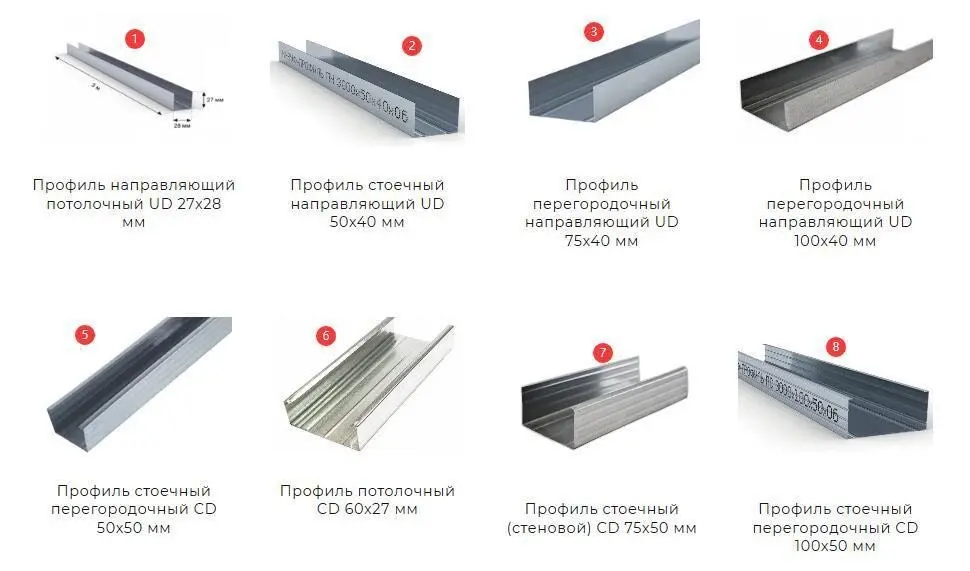
Horizontal Large Span Roll Forming Machine Revolutionizing Metal Fabrication
In the world of metal fabrication, efficiency, precision, and versatility are paramount. Among the myriad of machines that have emerged to meet these demands, the horizontal large span roll forming machine has carved out a unique niche. Designed to produce large components with significant spans, this innovative machinery is transforming the landscape of construction, automotive, and manufacturing industries.
Understanding Roll Forming
Roll forming is a continuous metal forming process where a long strip of metal is fed through a series of rolls to create a specific profile. This process is particularly advantageous for producing large components that require uniformity and consistency. Unlike traditional methods of metal fabrication, roll forming minimizes material waste and energy consumption, making it a sustainable choice in modern engineering.
The Horizontal Configuration Advantage
The horizontal large span roll forming machine distinguishes itself with its horizontal design, allowing it to accommodate longer and wider materials without the need for extensive set-up or adjustment. This configuration is particularly beneficial for producing structural components such as beams, columns, and frames, which are essential in construction and infrastructure projects.
One of the key advantages of horizontal machines is their ability to handle significant spans without sacrificing precision. This capability is crucial in industries where structural integrity is of the utmost importance. The horizontal design facilitates easier loading and processing of long materials, reducing the risk of distortion or damage during handling.
Key Features and Benefits
1. Increased Productivity Horizontal large span roll forming machines are built for high-speed operations. Their continuous production capabilities significantly boost output rates, allowing manufacturers to meet tight deadlines and high volume demands.

2. Versatile Applications These machines are not limited to a specific type of metal; they can process a range of materials including steel, aluminum, and other alloys. This versatility makes them ideal for various applications, from manufacturing roofing sheets to constructing automotive parts.
3. Reduced Labor Costs Automation and precision engineering are at the forefront of modern horizontal roll forming machines. By minimizing manual interventions and streamlining production processes, these machines significantly reduce labor costs and human errors.
4. Customizable Profiles One of the standout features of roll forming is the ability to create customized profiles tailored to specific project requirements. Manufacturers can design specific tooling to achieve desired shapes, ensuring flexibility in production.
5. Cost Efficiency Although the initial investment in a horizontal large span roll forming machine can be considerable, the long-term savings in material wastage, energy consumption, and labor costs make it a cost-effective choice. Over time, these machines can significantly lower production costs, enhancing overall profitability.
Embracing Technological Advances
With the rise of Industry 4.0, horizontal large span roll forming machines are increasingly incorporating advanced technologies such as automation, IoT integration, and real-time monitoring. These features not only enhance operational efficiency but also allow manufacturers to collect and analyze data for continuous improvement.
Smart sensors and control systems enable precise adjustments during the forming process, ensuring consistent quality. Real-time monitoring helps in predictive maintenance, reducing downtime and increasing the lifespan of the machinery. As a result, manufacturers are not only able to streamline their operations but also adapt quickly to changing market demands.
Conclusion
The horizontal large span roll forming machine is a pivotal development in the field of metal fabrication. By combining efficiency, precision, and versatility, it addresses the evolving needs of industries that require large, structurally sound components. As technology continues to advance, these machines will play an even more critical role in shaping the future of manufacturing, ensuring that industries can keep pace with the ever-increasing demand for innovative and sustainable solutions.